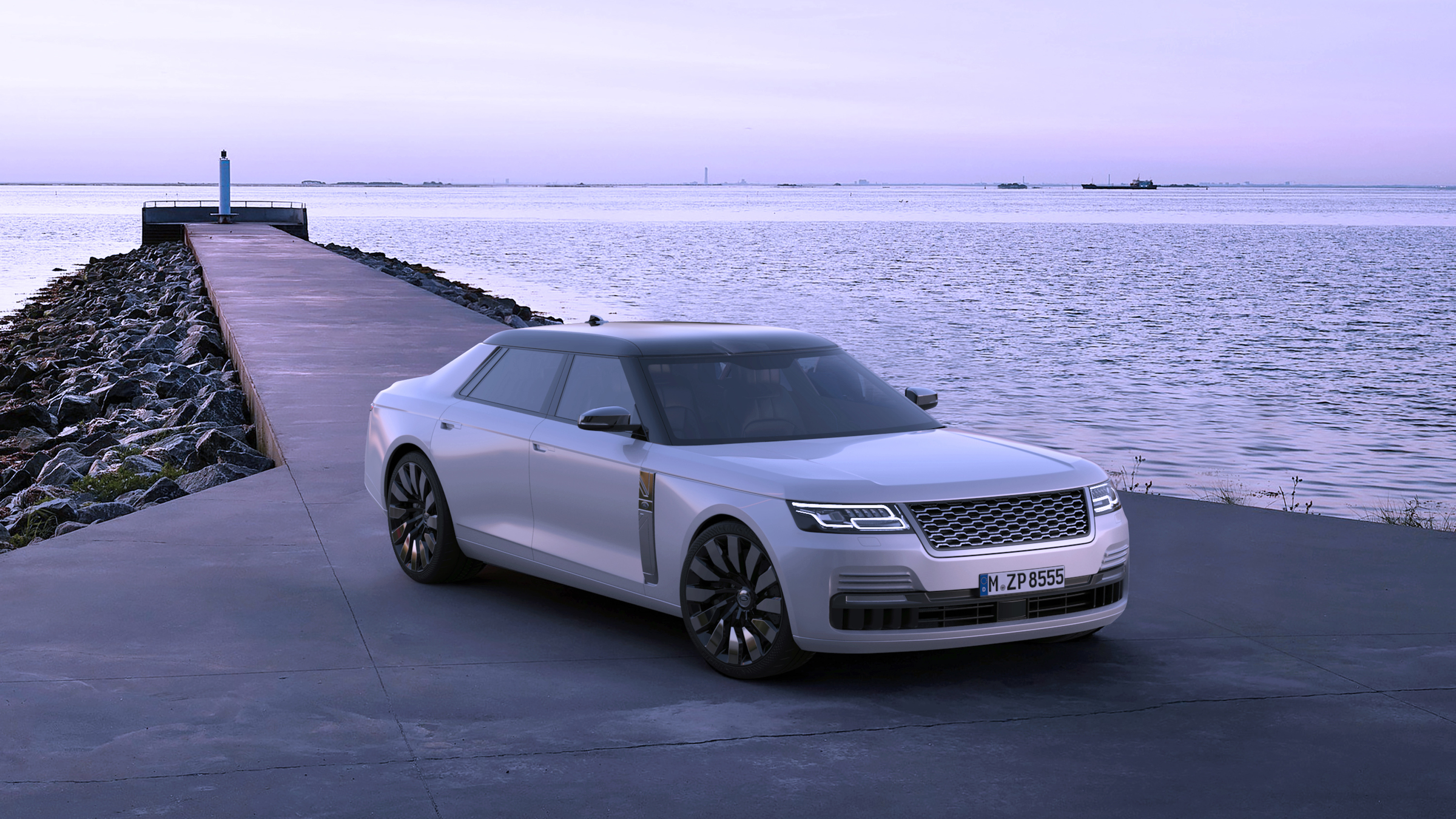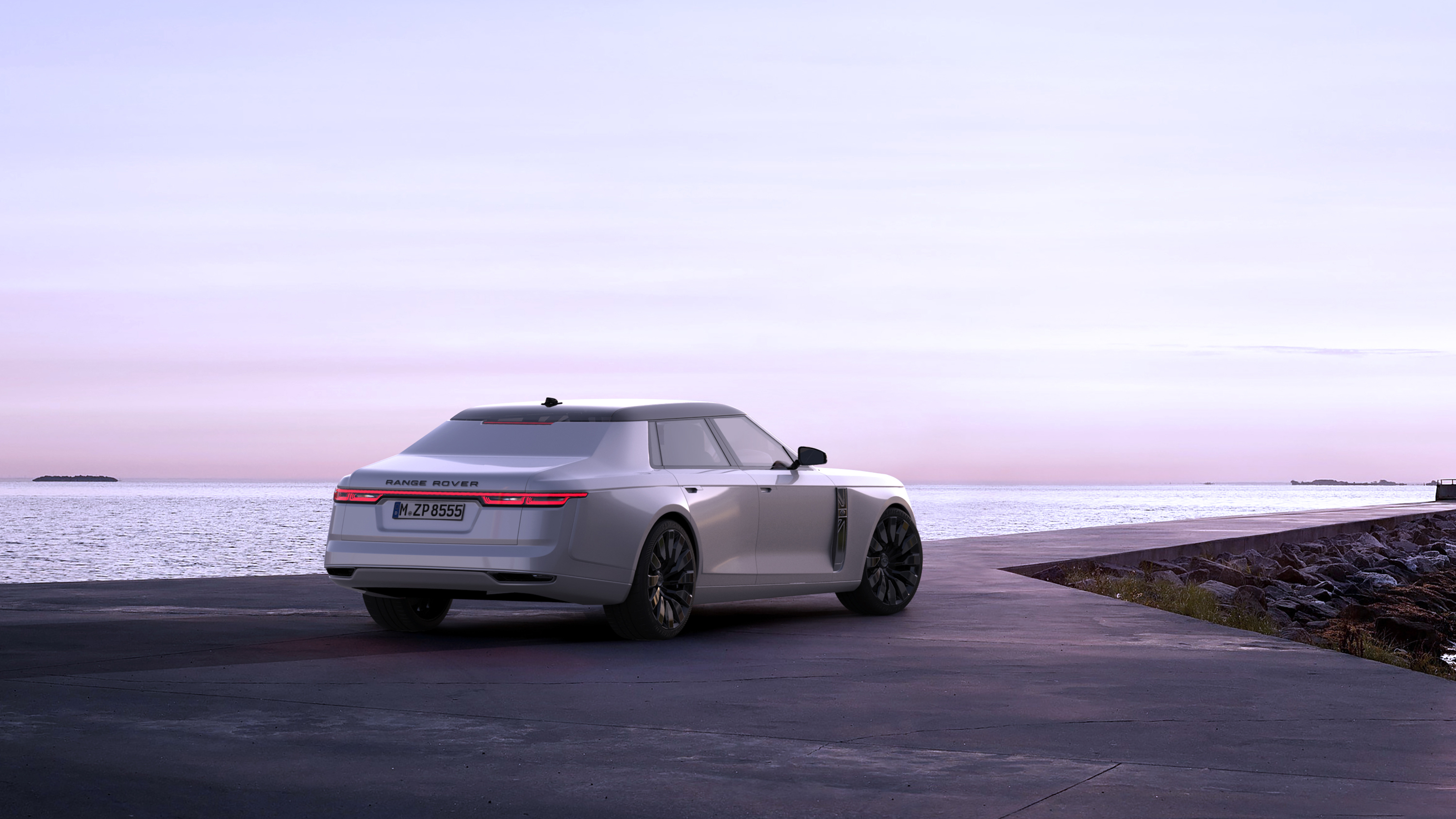

range rover sedan 2020
Aston Martin Valkyrie’s 6.5-liter V-12
While the Valkyrie V-12 doesn’t have boost, it does have two other important factors in making power: high-revving capability, and large displacement. That combination allows more air to be fed into the engine, allowing for more power. It’s the reverse of the downsized turbocharged engines used in other cars, including Aston’s own Vantage and DB11. Those engines try to make up for smaller displacement by forcing more air in under pressure with turbos.
The engine’s high redline necessitated gear-driven camshafts, instead of a conventional timing belt or chain. The gears are located at the rear of the engine to reduce noise. The V-12 also uses port injection, rather than direct injection, because the latter would have required a particulate filter to meet European emissions standards. The engine does have four catalytic converters—two for each bank of cylinders.
Watch the full video for more details on this remarkable engine. Fenske also briefly discusses the engine for the upcoming Gordon Murray T50 supercar, which was also developed by Cosworth. Like the Valkyrie engine, the T50 engine is a high-revving (up to 12,100 rpm) naturally-aspirated V-12. However, it’s a bit smaller (3.9 liters) and develops less power (650 hp).